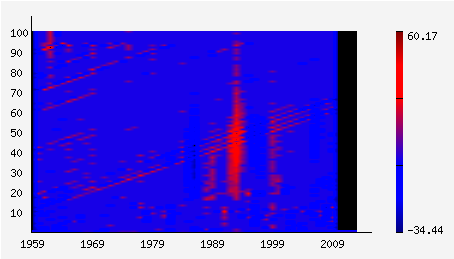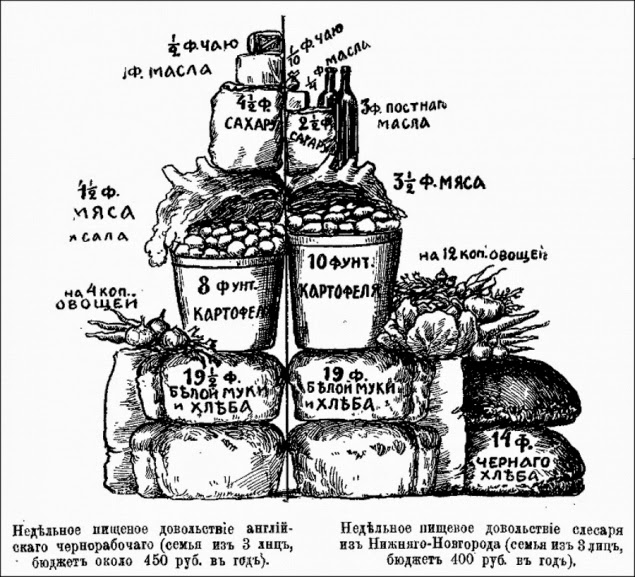
Numerous laces had been broken in debates how to measure «quality of life». The first problem we face, trying to measure the «quality» of our lives, is diversity and complexity of life. It is difficult to make and, moreover, to agree on a common list of areas and indicators in each area of quality of life. And it is even more difficult to squeeze all the diversity of life in one index, which is still necessary for any comparisons.
The second, less visible but more important issue-each of us differently value different aspects of life. For some, the incomes are of greatest value, while another pays more attention to decent work, and someone else put above all support from friends and family... Scientific, justified choice of «weights» for each area is a rather tricky task. The arbitrary choice of weight is in fact a political statement, to which occurs quite rarely. That is why most of the composite indices use equal weights for their dimensions-
Human Development Index,
Multidimensional Poverty Index,
Multidimensional Social Exclusion Index. (Interestingly,
in a recent paper, the authors obtained almost equal weights for the components of the Human Development Index , analyzing the data for the period
1975-2005)OECD has found a very interesting approach to these issues in its «
Better Life Index». First, they defined a list of areas from the «usual suspects» (housing, income, work safety, a total of 11 regions). Then they allowed users to decide on importance of each area (on a scale from 0 «not important» to 5 «very important»). Index itself is visualized for each of 34 countries in the form of a flower: petal size correspond to the each area, while the flower height-to composite index, taking into account the importances set by the user.
Consideration of the quality of life is not limited to one composite index, you can see in detail how things look like in each area, such as
support from the community. The most meticulous can reach up to
full list of indicators and underlying data, used to calculate the index.
Ability to choose the importance of each area allows users to move away from the question «who is number 1?» and turn to more important question—how each of the 11 topics can contribute to overall well-being? Sure, we’ll see many more debates, «how to measure quality of life», but now everyone can do their research and take part in debates.
This post is also available in Russian




 Numerous laces had been broken in debates how to measure «quality of life». The first problem we face, trying to measure the «quality» of our lives, is diversity and complexity of life. It is difficult to make and, moreover, to agree on a common list of areas and indicators in each area of quality of life. And it is even more difficult to squeeze all the diversity of life in one index, which is still necessary for any comparisons.
Numerous laces had been broken in debates how to measure «quality of life». The first problem we face, trying to measure the «quality» of our lives, is diversity and complexity of life. It is difficult to make and, moreover, to agree on a common list of areas and indicators in each area of quality of life. And it is even more difficult to squeeze all the diversity of life in one index, which is still necessary for any comparisons.